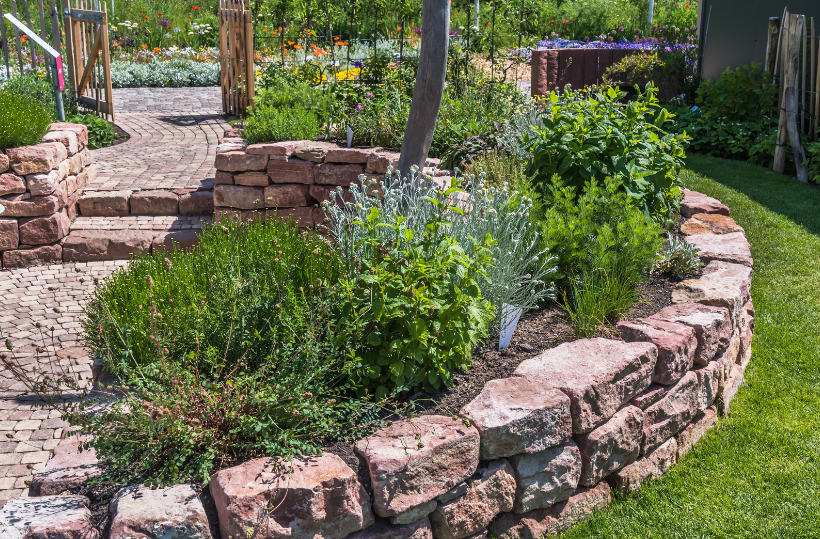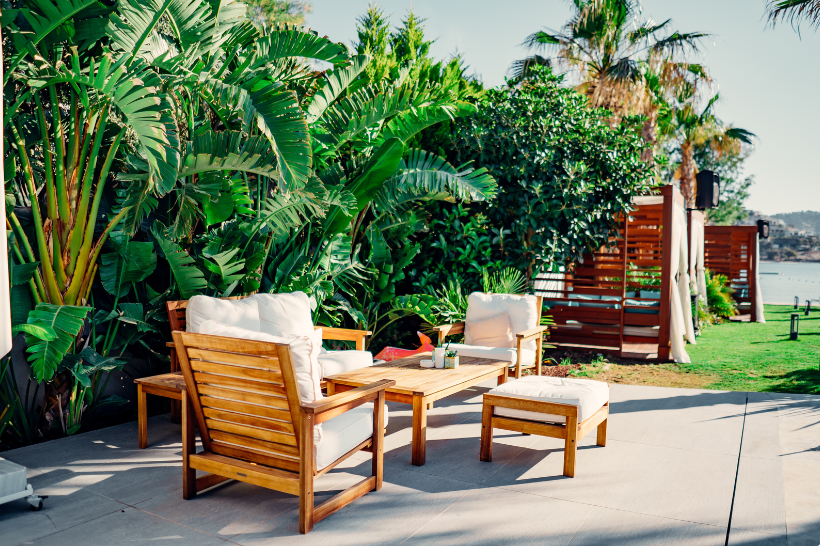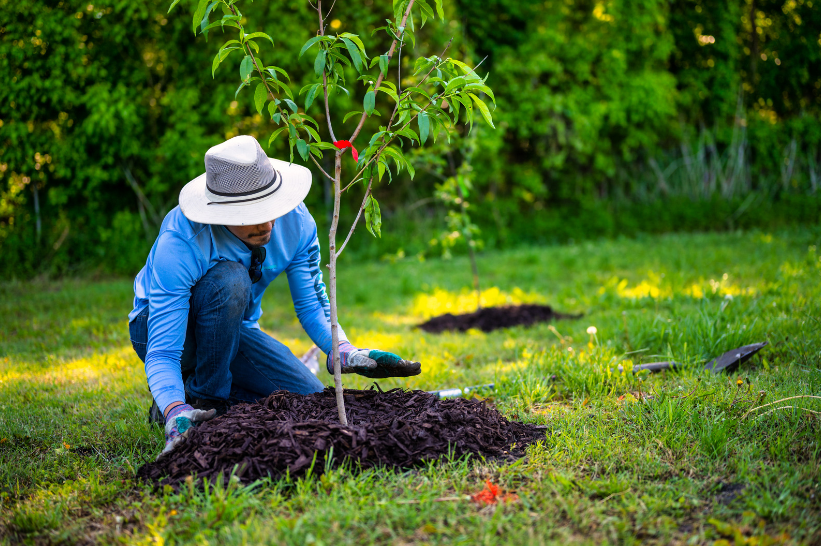Choosing the Best Mulch for Your Garden Beds
When it comes to maintaining a healthy and attractive garden, mulch plays a vital role. It helps retain soil moisture, suppress weeds, regulate soil temperature, and improve soil structure. With various types of mulch available, choosing the right one for your garden can be a daunting task. Here’s a rundown of some of the most popular mulch options, along with their pros and cons to help you make an informed decision.
Wood Chips and Bark
Pros:
- Aesthetic Appeal: Wood chips and bark provide a natural, attractive look to garden beds. They come in various colors and textures, enhancing the visual appeal of your landscape.
- Long-Lasting: These mulches decompose slowly, so they require less frequent replacement compared to some other types.
- Weed Suppression: They form a thick layer that effectively suppresses weed growth.
Cons:
- Cost: High-quality wood chips and bark can be more expensive than other mulch types.
- Potential for Nitrogen Depletion: As they decompose, wood-based mulches can consume nitrogen from the soil, which may necessitate additional fertilization.
- Pest Attraction: Sometimes, they can attract pests such as termites or carpenter ants.
Straw and Hay
Pros:
- Affordable: Straw and hay are generally inexpensive and readily available.
- Good for Vegetable Gardens: They are often used in vegetable gardens as they decompose relatively quickly and add organic matter to the soil.
- Weed Control: These materials create a thick barrier that helps prevent weed growth.
Cons:
- Short-Lived: Straw and hay break down quickly, requiring more frequent replacement.
- Potential for Seeds: Hay, in particular, can contain seeds that may lead to unwanted weed growth.
- Aesthetic Issues: They may not provide the most polished look compared to other mulch types.
Rubber Mulch
Pros:
- Durability: Made from recycled rubber, this mulch is highly durable and doesn’t break down, meaning it lasts much longer than organic mulches.
- Low Maintenance: It doesn’t need to be replaced frequently and doesn’t attract pests.
- Good Drainage: Rubber mulch allows water to drain through easily, preventing waterlogging.
Cons:
- Environmental Concerns: Although it’s recycled, rubber mulch is not biodegradable, which raises environmental concerns.
- Heat Retention: It can retain heat, which might not be ideal for plants that prefer cooler soil temperatures.
- Cost: Generally more expensive than organic mulches.
Compost
Pros:
- Nutrient-Rich: Compost adds valuable nutrients to the soil as it breaks down, improving soil health and fertility.
- Improves Soil Structure: It helps in soil aeration and water retention.
- Environmentally Friendly: Made from organic waste, it’s a sustainable option.
Cons:
- Decomposition Rate: Compost breaks down relatively quickly, so it needs to be replenished more often.
- Appearance: It may not provide the most aesthetically pleasing look for garden beds.
- Cost: High-quality compost can be expensive if purchased in bulk.
Pine Needles
Pros:
- Acidic Soil: Ideal for plants that prefer acidic soil, such as azaleas and blueberries.
- Lightweight: Easy to spread and doesn’t compact over time.
- Weed Control: Provides effective weed suppression.
Cons:
- Decomposition: Pine needles decompose slowly, so they need to be replenished less frequently.
- Acidity: While beneficial for acid-loving plants, pine needles can make soil too acidic for other types of plants.
- Tendency to Blow Away: In windy areas, pine needles can sometimes be displaced.
Choosing the right mulch depends on your garden’s needs, aesthetic preferences, and budget. Each type of mulch has its own set of advantages and disadvantages. By understanding these factors, you can select the mulch that best suits your garden, ensuring it remains healthy, attractive, and low-maintenance. Whether you opt for the natural charm of wood chips, the affordability of straw, or the durability of rubber, the right mulch can make a significant difference in your garden’s success. If you need a little help deciding which mulch is best for you, contact our experts today! Dartmouth Landscaping can help you choose and install the perfect mulch for your style and needs.
You might also like



